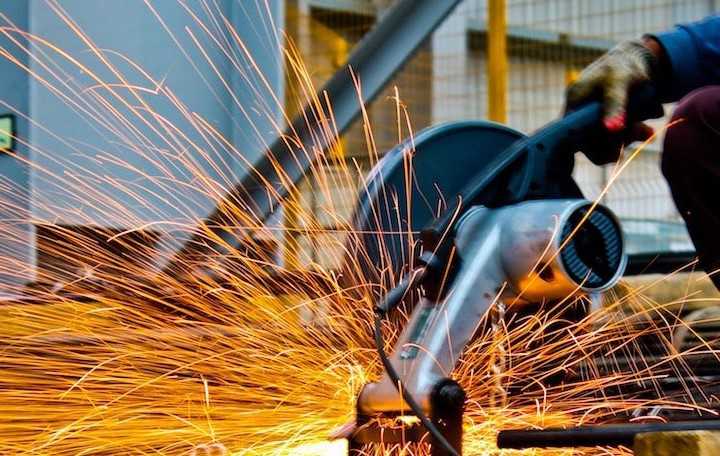MILAN, Italy — Italy’s mechanical industry exported 14.5 billion euros in the first half of 2018. That result is down slightly (-1.3%) on the same period of the previous year, due to the severe slowdown (-29.7%) in one sector in particular: gas turbines.
But the picture that emerges from the latest figures released by ANIMA, the Federation of National Associations of Mechanical and Engineering Industries, is generally a positive one. It reveals a world stage on which things are moving at different speeds, with some traditional partners struggling (especially Brexit-stricken UK) while others appear more promising.
“Trading is getting more and more complicated, costly and uncertain,” says the president of ANIMA Alberto Caprari.
“With the US tariffs war and sanctions on Russia and Iran (to say nothing of Brexit), the current geopolitical situation means that the parts of the world it is possible to do business with are shrinking. On top of that there is China’s huge Belt and Road Initiative: a new ‘Silk Road’ crossing and connecting 65 different countries which need to improve on their still very limited manufacturing capabilities. We are Europe’s second largest manufacturing country, we have many technologies at our disposal, and we need to be able to make the most of them.”
So what does all of this mean in real terms? The leading exporting nations on the European market are doing well, with Germany in first place (up 4% on 2017) for a total of approximately 1.4 billion euros, followed by France (+7.7%) at 1.3 billion euros and Spain, which is up 7.2% on 2017. Poland’s performance was particularly good: in the first six months of this year imports were up 15.6%.
Exports to the United States, traditionally a very strong partner, dropped by 9.8% in 2018: 1.4 billion euros as against 1.5 billion euros last year, and that was due largely to the fall-off in demand for gas turbines.
The UK was also down (-2.5% on last year) at 625 million euros, while Russia, which has been negative for many recent six-month periods, saw a further fall of -29.3% (to 330 million euros) in 2018. That is also due to the shift to so-called “local content requirements”, or LCRs: an economic policy aimed at promoting the use of local input rather than imports, to foster a greater reliance on domestic industries.
Meanwhile, there is good news from India, where the demand for Italian-made products continues to rise, with a growth of +16.1% in 2018. The area for which there is greatest demand is green technologies for the water sector. Anima Confindustria has set up a relationship of collaboration with India which should encourage trade with Italian firms that are able to tap into local government demands.
In order to help Italian businesses become more international, finally, Anima Confindustria Meccanica Varia (which brings together other mechanical industries) recently set up two desks in the Arab Emirates and in sub-Saharan Africa.










